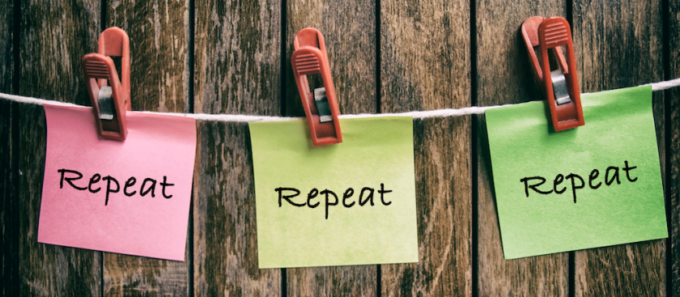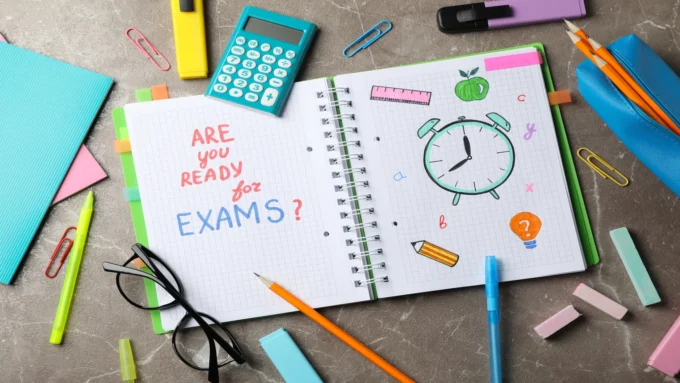In the pursuit of academic excellence, students often explore various strategies to enhance their learning process. One such powerful technique is repetition, which has been proven to aid memory retention and deepen understanding. In this guide, we delve into how students can harness the benefits of repetition to learn exponentially and excel in their studies.
Understanding the Power of Repetition

Source: themoneyengineers.com
Repetition involves revisiting and reviewing the same material multiple times, allowing the brain to reinforce neural connections associated with that information. This process not only helps in memorization but also aids in comprehending complex concepts. When information is encountered repeatedly, such as through the innovative tool Gizmo, it transitions from short-term memory to long-term memory, resulting in better recall during exams and real-world applications.
Active vs. Passive Repetition
While repetition is effective, the way it is implemented matters. Passive repetition involves mindlessly rereading or re-listening to material without deep engagement. On the other hand, active requires students to actively interact with the content. This can include summarizing the material in their own words, creating flashcards, and teaching the concept to someone else. Active deepened understanding, as students must actively process and manipulate the information, leading to better retention.
Spaced Repetition Techniques

Source: elitemedicalprep.com
This concept involves strategically spacing out the review sessions over time. Instead of cramming right before an exam, students distribute their study sessions across days or weeks. This technique leverages the psychological spacing effect, enhancing long-term retention. There are various digital tools available that employ spaced algorithms, helping students create optimized study schedules.
Applying Repetition Across Subjects
An adaptable learning method, it may be used in a variety of academic settings. Mathematical problem-solving abilities are improved by continuously practicing problem sets. Language learning is strengthened by regular exposure to vocabulary and grammatical norms through speaking, writing, and reading. History is best understood by going through important dates and events again. The secret is to modify strategies to meet the unique requirements of each subject.
Avoiding Overload and Boredom
Avoiding overload and boredom is crucial when utilizing repetition as a learning strategy. While it enhances retention, excessive review in a single session can lead to diminishing returns and mental exhaustion. To maintain effectiveness, it’s important to vary different methods. Incorporating active recall, self-testing, and spaced recurrence keeps the learning experience engaging and prevents monotony. Additionally, breaks between these sessions allow the brain to consolidate information. By striking the right balance, students can harness the benefits of repeating without succumbing to cognitive fatigue, ensuring a productive and enjoyable learning process.
Conclusion

Source: additudemag.com
In the ever-evolving landscape of education, tried-and-true techniques like repetition continue to prove their worth. By understanding the cognitive mechanisms behind repetition and employing active and spaced repeat strategies, students can unlock the potential for exponential learning. Whether studying for an exam or seeking to master a new skill, incorporating repetition into one’s learning toolkit is a valuable approach that yields substantial rewards in the journey of academic and personal growth.

